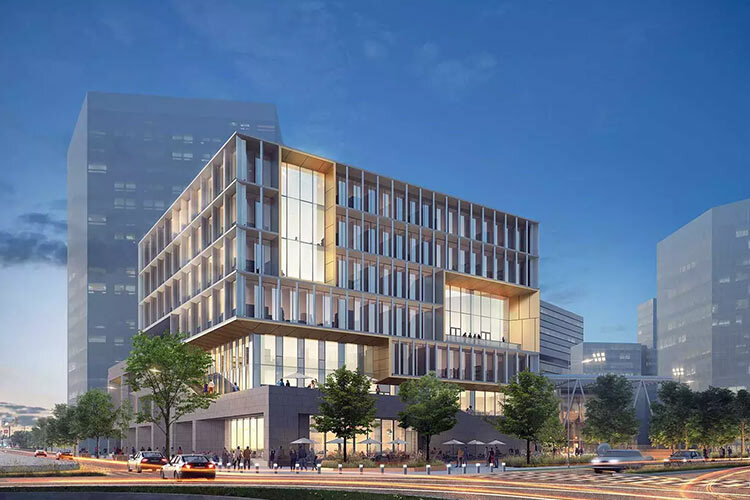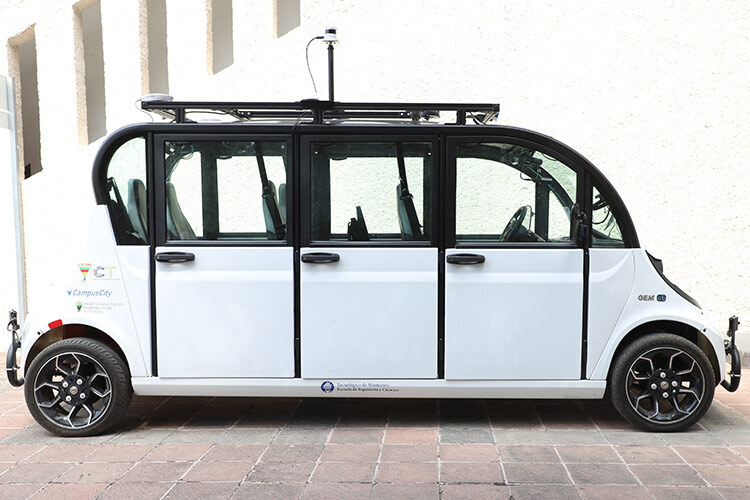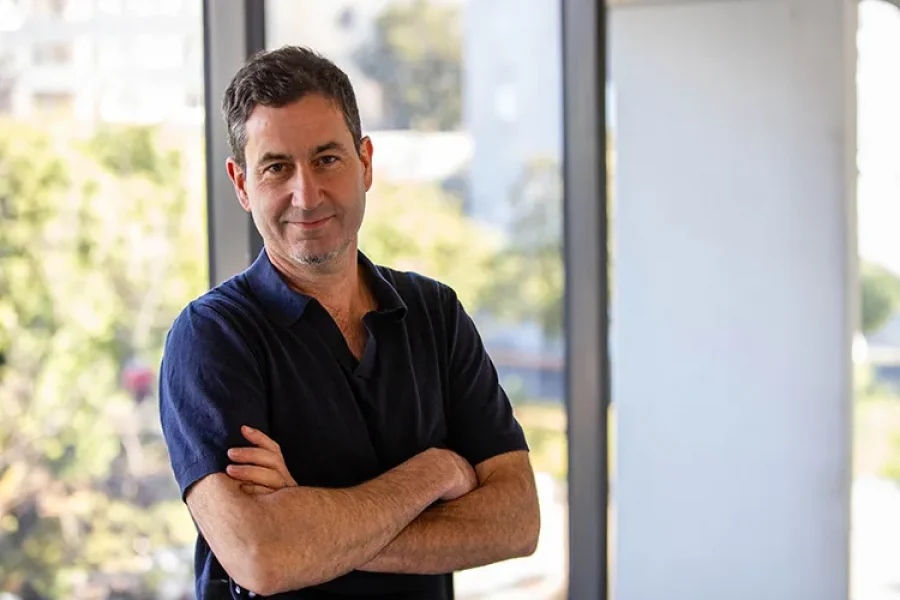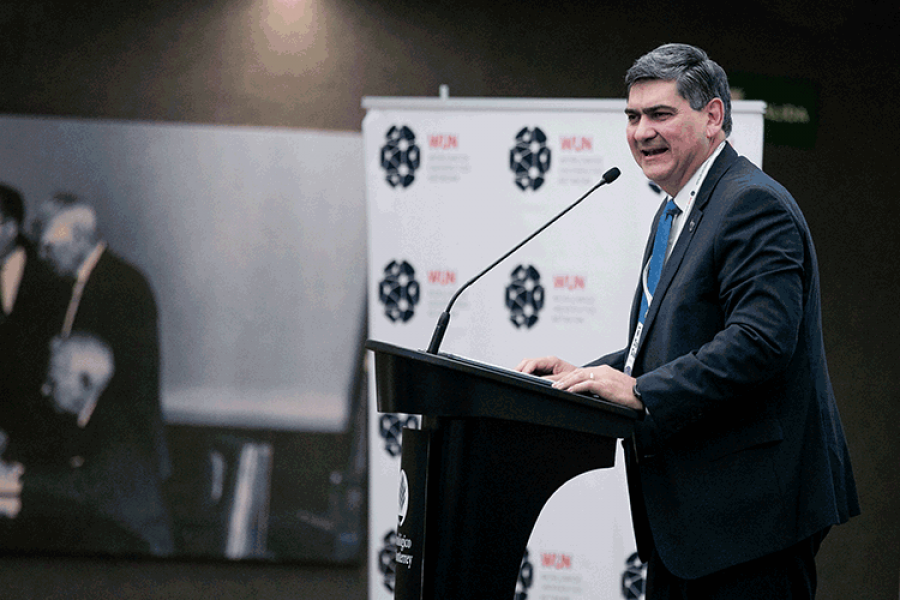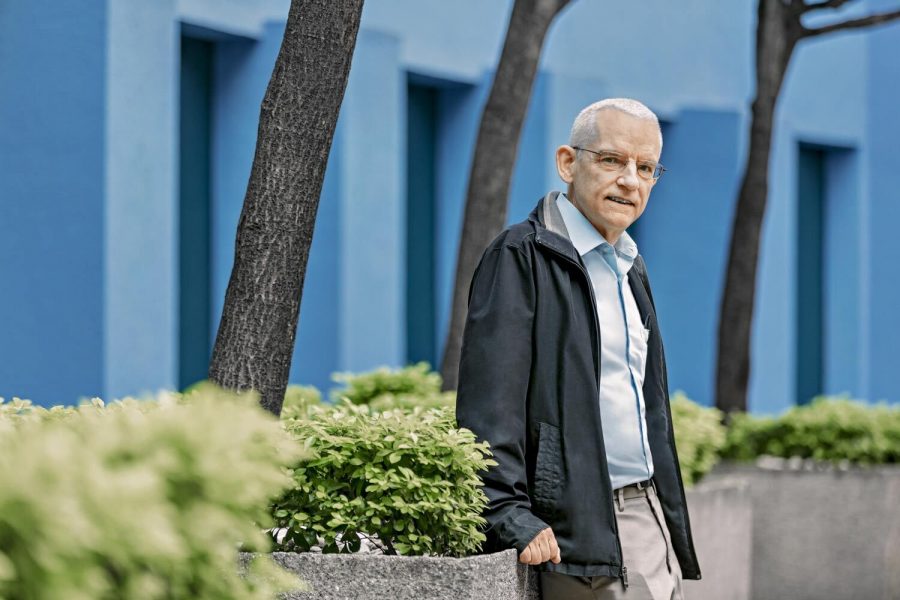Researchers, creatives, and entrepreneurs now have a common meeting ground in the Monterrey Innovation District (DIM), located within distritotec. Here, they collaborate to find innovative solutions to the pressing challenges humanity faces, leveraging scientific discoveries, technology development, and knowledge transfer.
Innovation districts foster the development of knowledge-based economies by concentrating talent and driving the creation and commercialization of new technologies. They also attract investment and accelerate sustainable growth in the region, explains Mario Adrián Flores, Vice President of the Monterrey Region at Tec.
The success of these districts can be measured through various indicators, such as the number of tech startups launched, the increase in patents, the creation of innovation-related jobs, and the attraction of global talent.
“The number of patents that turn into businesses and solutions for Mexico and the world needs to grow,” says Flores. “We want science to reach the market and solve real-world problems. It shouldn’t just stay in papers and books; it needs to be implemented—whether by researchers themselves or through partnerships with companies.”
The Five Strategic Elements of Innovation Districts
Edgar Muñiz, Director of Strategic Innovation Projects at Tec de Monterrey, explains to TecScience that innovation districts are spaces characterized by a high concentration of diverse talent, where creativity, knowledge, and interdisciplinary collaboration are actively fostered.
“The primary focus of an innovation district is the creation of science and technology-based startups, the transfer and scaling of technology, and the generation of innovation-driven jobs,” Muñiz says.
Innovation districts are equipped with various technological capabilities and infrastructure tailored to address specific challenges. According to Muñiz, these districts rely on five fundamental elements in their strategy:
- Determine the Specialization
This involves defining two or three key areas in which the district will focus its efforts to solve pressing problems. For example, these could be in health, manufacturing, or education.
- Create Critical Mass
The goal is to build an ecosystem that brings together entrepreneurs, researchers, companies, startups, investors, and governments, all working together to tackle social and technological challenges.
- Develop Open Collaboration Platforms
Establish spaces where different stakeholders can collaborate, allowing problem-solvers and challengers to connect and share ideas.
- Design a Talent Attraction Strategy
Define a clear path to make the district a global hub that draws in top talent and major players from the ecosystem. “When attracting talent, we need to create an environment that fosters the growth of an ecosystem with all the necessary ingredients for it to thrive. This means having quality housing, schools, parks, and urban infrastructure capable of supporting these key players,” says Muñiz.
- Transfer and Scale Technology
Through the work of researchers in laboratories, the generation of patents can be turned into applied technologies ready for the market, facilitating the transfer and scaling of innovations.
The Three Focus Areas of the DIM
To foster collaboration between academia and industry, the DIM leverages the expertise of professors and researchers from Tec and seeks to connect with external partners who share the same mission and specialization in three key areas: Educational Innovation, Health, and Sustainability.
“We are looking for companies and organizations that align with these initiatives and face challenges where we can work together to design applied solutions. We want those interested in establishing or locating an innovation or research center connected to what we develop at the institute,” says Edgar.
Mario Adrián adds that these companies will join a talent pool of over 20,000 students and 3,000 professors and collaborators at the Monterrey campus.
The Expedition Building: The Landmark First Project
One of the first major projects in this innovation district is the Expedition Building, located at the Tec Monterrey campus. The building is equipped with 31 laboratories focused on innovation, research, and entrepreneurship.
As its name suggests, the building hosts expeditions in the district’s three core areas. For example, in the field of education research and development, it houses the Institute for the Future of Education; in the area of comprehensive healthcare, the Institute for Obesity Research; and in sustainability, the Institute of Advanced Materials for Sustainable Manufacturing.
Additionally, the facility includes spaces such as the Futures Design Lab, the Public Opinion Laboratory, the OriGen initiative, and the C+Lab Cities Laboratory, among other research areas. It also hosts centers like those focused on Conscious Enterprises, Early Childhood, and the Future of Cities.
The DIM as Part of a Global Network
For the past four years, Tec de Monterrey has been a member of the Global Institute of Innovation Districts (GIID), an organization that promotes the creation of urban spaces dedicated to research, innovation, and technological development. Today, it represents 45 districts across 15 countries.
“Being part of the GIID brings many valuable opportunities, such as learning best practices for creating and strengthening an innovation district; receiving guidance in the development and creation of these spaces; and gaining global connections with other districts to collaborate on projects and challenges,” adds Muñiz.
In April 2025, the DIM will host the first Global Innovation Districts Summit, where more than 300 leaders from innovation districts, companies, governments, and organizations are expected to attend. The focus will be on the three major forces shaping the global economy: derisking, decarbonization, and talent diversification.
The DIM also partners with other global allies that will be present at the Expedition building, such as Venture Café, a global organization that connects entrepreneurs, governments, universities, and NGOs; and Science Gallery, a project that merges art, science, and technology through participatory experiences for students, artists, and researchers.
In addition to the DIM, Tec is driving other initiatives with the same goals, such as the Tlalpan District, located around the Ciudad de México campus. The university is also exploring synergies and capabilities in strategic ecosystems in Querétaro and Guadalajara.
Were you interested in this story? Do you want to publish it? Contact our content editor to learn more marianaleonm@tec.mx.
